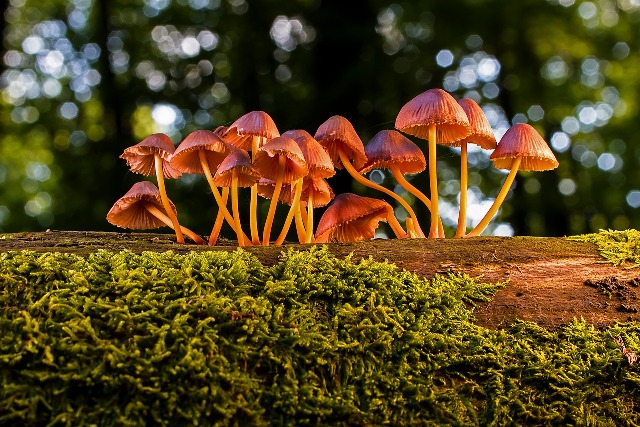When Sudeep Joshi, a postdoctoral researcher at the Stevens Institute of Technology, sat down to a lunch of mushrooms with his colleagues, it struck him that mushrooms could be used in his experiments to generate electricity from cyanobacteria, according to the BBC.
Joshi and his colleagues had been trying to draw electricity from cyanobacteria after placing bacterial cultures on artificial surfaces that mimicked natural conditions, but the bacteria failed to thrive. He then realized, over lunch, that mushrooms naturally host lots of bacteria and decided to bring some into the laboratory.
Generating electricity from cyanobacteria requires finding a way to harness their photosynthesis. To do this, the team 3D-printed nanoribbons of graphene onto mushrooms to act as conductors. They then 3D-printed spirals of cyanobacteria onto the fungi.
Once light was shone on the mushrooms, the bacteria produced electricity that was then gathered on the nanoribbons. The amount of electricity produced was negligible, but Joshi told the BBC that multiple mushrooms together would be able to power an LED light bulb.
And since the mushrooms are accustomed to fostering bacteria, cyanobacteria can survive for much longer under these conditions than it would be able to on an artificial surface. The team believes that this research could help spur future experiments into the energy potential of cyanobacteria, which may eventually lead to a viable source of sustainable energy.
“We are looking to connect all the mushrooms in series, in an array, and we are also looking to pack more bacteria together,” Joshi told the BBC. “These are the next steps, to optimise the bio-currents, to generate more electricity, to power a small LED,” he added.
As countries pursue clean energy economies to mitigate climate change, research into sustainable alternatives to fossil fuels has exploded.
This article is part of a series on climate change action in view of COP24


